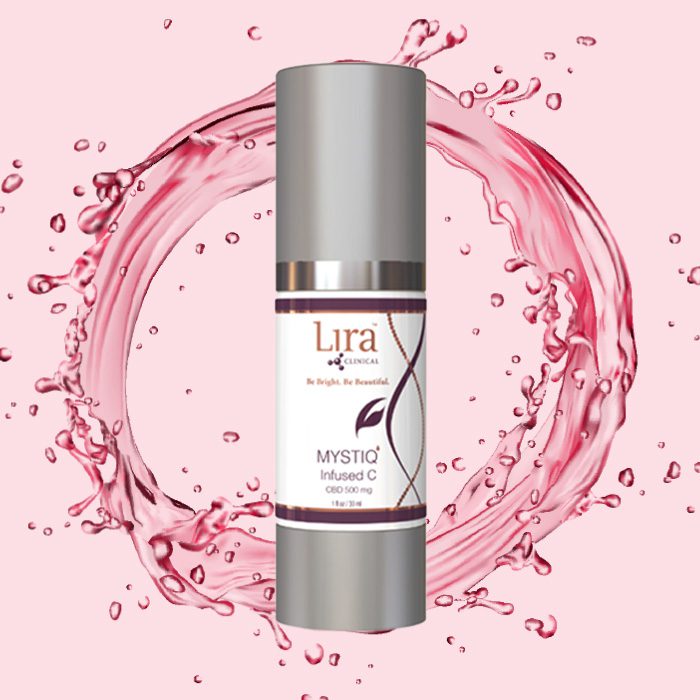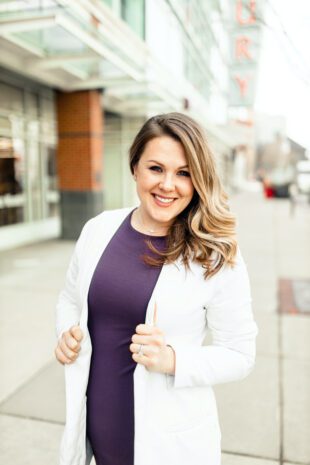It’s 2022, and stigma around CBD has started to lessen. And even though it’s showing up in smoothies, holistic medicinals, soap and now skincare, there are still many that are confused about its benefits, safety, legality and usage parameters. While there’s so much that can be said about this ingredient, here’s a primer on all of the important things you need to know regarding the growing CBD skincare market.
What is CBD?
First of all, CBD is not marijuana. It may come from the same cannabis plant species, but CBD is just one component of the plant. Marijuana is a term that essentially just means a form of cannabis with enough THC (the component of the plant that gets you “high”) to give you psychotropic effects. CBD, by law, needs to contain under .3% of THC, which will not give you these psychological effects. And all CBD is legal under federal law per the Farm Bill of 2018.
CBD & Drug Testing
But, can’t even a little THC make you fail a drug test? Technically, yes! But that’s why there are forms of CBD that contain 0% THC. Even if you don’t need to take drug tests, you still may want to consider a full spectrum CBD since it has many of the full components that add to its benefits. Think of orange juice—when it has pulp it may offer more benefits than pulp-free juice, like extra fiber. The same is true for CBD. However, if you take many drug tests, it’s best to stay away from THC-containing CBD for now. For 0% CBD, look for terms like “isolate,” “cannabidiol,” and “broad-spectrum CBD.” “Full-Spectrum CBD” will contain up to .3% of THC.
Why Is CBD So Great?
If it weren’t for the stigma, CBD would have been a household name long ago in skincare. To be brief, think of CBD as the superhero of antioxidants. Not only does it work hard to fight free radicals that age us and damage the skin, it also helps fight acne, hydrate dry skin, control oil production, regulate skin cell turnover, reduce inflammation, and offer healing to irritated and super sensitive skin. In short, it essentially corrects our skin when it is out of balance. Cool, huh?
How Does CBD Work?
We actually have an entire internal system called the endocannabinoid system that helps regulate homeostasis, and it was named this because it works very much like phytocannabinoids (aka CBD) do within our bodies. And we have receptors in our skin that help CBD to be easily used in the body. In fact, you could argue that our body uses CBD to keep this system healthy, which in turn keeps us healthy.
But Here’s the Caution Tape.
According to an AMA Journal study, 60% of CBD products are mislabeled. Because it’s a booming industry, everyone wants a piece of the pie. In fact, it’s projected to be a $1.7 billion industry by 2025. That is why you need to be educated on CBD to really reap its benefits; otherwise, you’re slapping expensive nothing on your face. To help you out, here are five quick things you need to know in order to pick the right CBD product:
- The type of CBD: basically how much THC
- The extraction method: CO2 is best! Other forms are cheaper and less pure, even ineffective potentially.
- The delivery vehicle: It will need an omega fatty acid to penetrate the skin. Think lipid or oil base.
- The grower: CBD absorbs toxins, so it’s important that your CBD comes from U.S. organic farms.
- The data: Your product should have third party purity testing and research available.
Have you tried CBD in your skincare yet? If not, what is holding you back?
CBD is definitely here to stay and is arguably an incredibly effective addition to any strategic skincare routine. It’s like a superfood for the skin and can be a tool for addressing almost every skin condition. In the years to come, we will most likely see lots more from this powerful ingredient.








